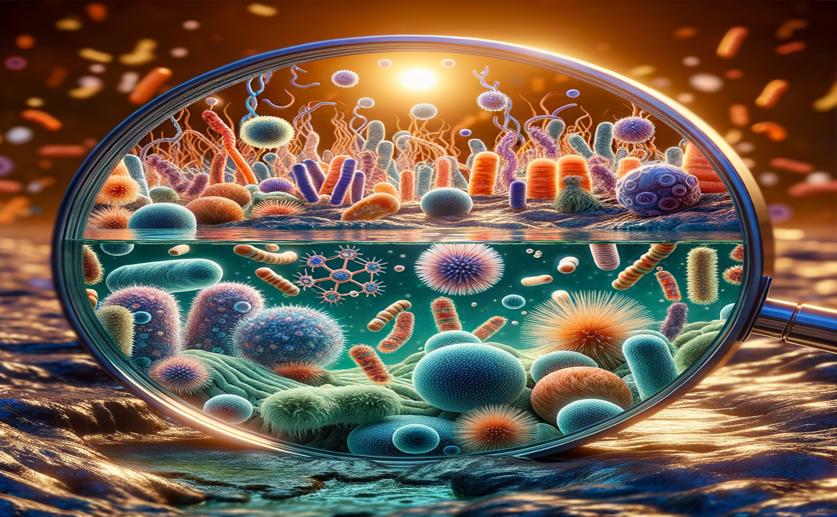
Unveiling Microbial Secrets of Hot Springs Through Advanced DNA Analysis
Jenn Hoskins
7th May, 2024

Image Source: Natural Science News, 2024
Key Findings
- In Malaysia's Sungai Klah hot springs, scientists studied how microbes form biofilms on plant litter in extreme heat
- The study found these microbes have genes for heat resistance, biofilm formation, and breaking down plant material
- These findings could lead to industrial applications, like creating biofuels or biodegradable plastics from plant biomass
References
Main Study
1) Integrating multi-platform assembly to recover MAGs from hot spring biofilms: insights into microbial diversity, biofilm formation, and carbohydrate degradation
Published 6th May, 2024
https://doi.org/10.1186/s40793-024-00572-7
Related Studies
2) High Potential for Biomass-Degrading Enzymes Revealed by Hot Spring Metagenomics.
3) Genomic Insights of "Candidatus Nitrosocaldaceae" Based on Nine New Metagenome-Assembled Genomes, Including "Candidatus Nitrosothermus" Gen Nov. and Two New Species of "Candidatus Nitrosocaldus".
4) Baseline metagenome-assembled genome (MAG) data of Sikkim hot springs from Indian Himalayan geothermal belt (IHGB) showcasing its potential CAZymes, and sulfur-nitrogen metabolic activity.



 3rd May, 2024 | Greg Howard
3rd May, 2024 | Greg Howard